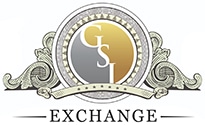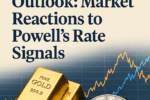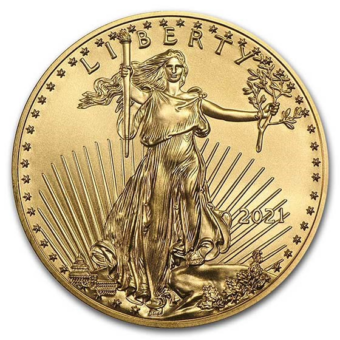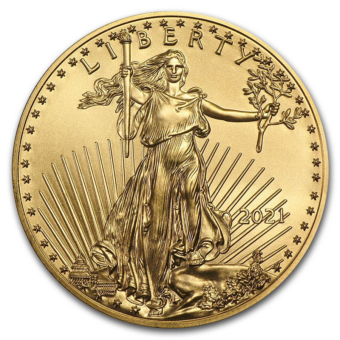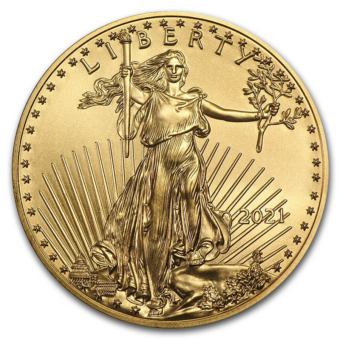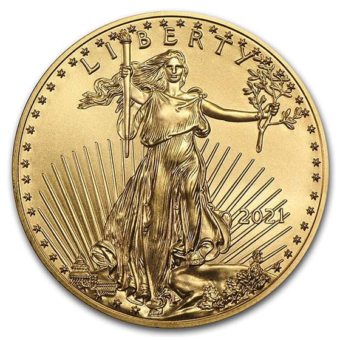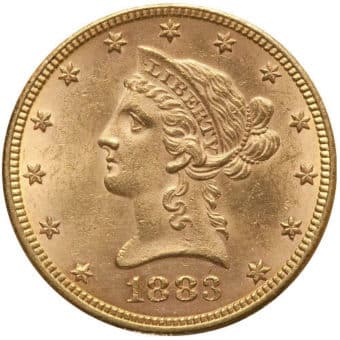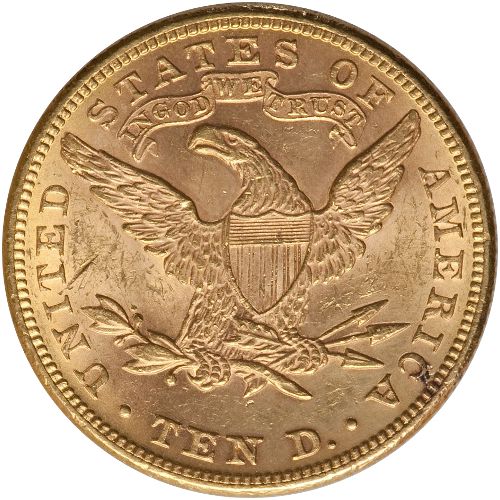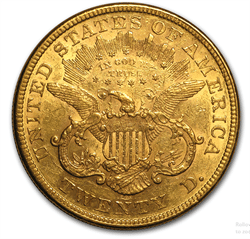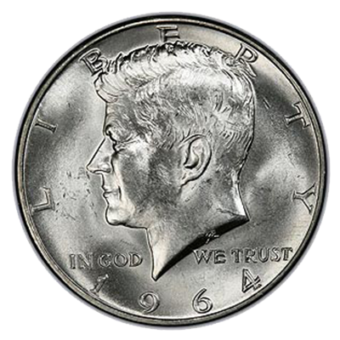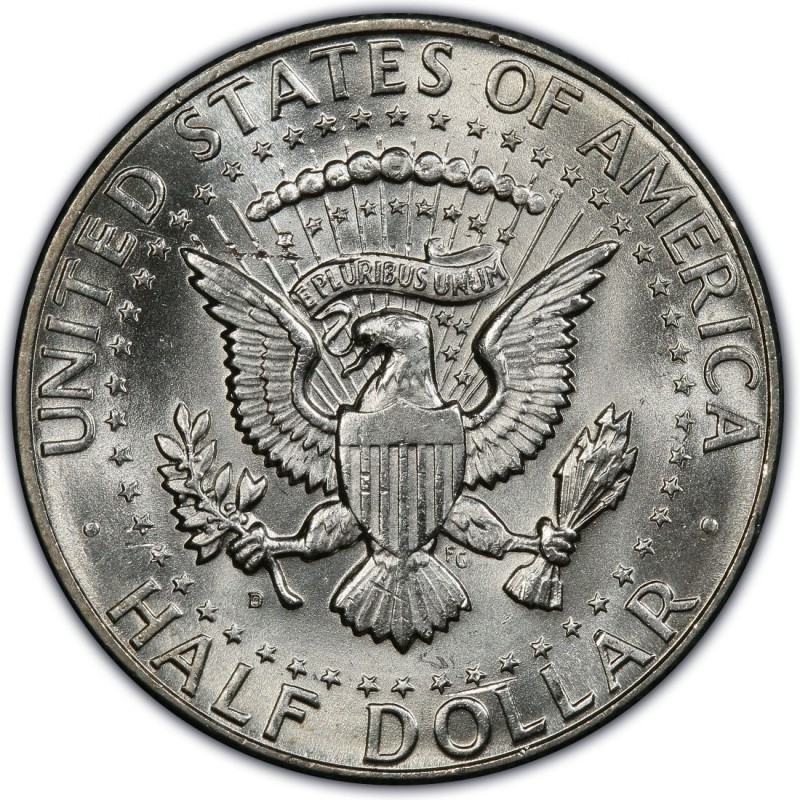Monday - 9.01.25: Labor Day - markets closed
Tuesday - 9.02.25: Gold and silver surged Tuesday, with December gold up $61.40 at $3,577.20 and silver up $0.862 at $41.58, both hitting multi-year highs as safe-haven demand spiked on Fed rate cut prospects and concerns over central bank independence. Gold is up over 30% this year and silver more than 40%, making them standout performers. The rally came as global stocks fell, U.S. indexes slid, and bond yields rose, while uncertainty over U.S. tariffs deepened after a federal appeals court ruled most levies illegal, clouding markets at the start of the volatile month of September.
Wednesday - 9.03.25: Gold and silver rose to fresh highs Wednesday, with December gold up $37.50 at $3,630.10 and silver up $0.318 at $41.91, as safe-haven demand grows ahead of the volatile September–October period. A weaker JOLTS report showing slowing job openings boosted bullish sentiment, while rising global bond yields on inflation and debt worries added further support despite typically pressuring metals.
Thursday - 9.04.25: Gold and silver prices were lower near midday Thursday as short-term futures traders took profits after Wednesday’s record high for gold and 14-year high for silver, with December gold down $30.10 at $3,605.00 and December silver down $0.65 at $41.405. A wave of U.S. economic data earlier in the day had little market impact, leaving investors focused on Friday’s key employment situation report, expected to show nonfarm payrolls rising by just 75,000 in August—the fourth consecutive month under 100,000—likely cementing a Federal Reserve interest-rate cut, while the unemployment rate is projected to climb to 4.3%, its highest since 2021.
Friday - 9.05.25: Gold rallied to fresh record highs as weak U.S. labor data fueled safe-haven demand, with nonfarm payrolls rising just 22,000 in August versus expectations of 75,000 and the unemployment rate edging up to 4.3%. Spot gold climbed nearly 1% to $3,578.22 an ounce, extending gains after breaking a five-month consolidation earlier this month.
Payrolls Rise Just 22,000 in August, Signaling Further Hiring Slowdown
The Big Picture
U.S. job growth sputtered in August, with payrolls rising just 22,000—far below expectations of 75,000—marking another sign of labor market weakness. The unemployment rate ticked up to 4.3%, its highest since 2021, adding pressure on the Federal Reserve to deliver a widely expected rate cut at its September 17 meeting.
What’s Happening
- Nonfarm payrolls rose by 22,000; economists had forecast 75,000.
- Unemployment rate increased to 4.3% as labor force participation edged up to 62.3%.
- Health care (+31,000) and social assistance (+16,000) led gains, while government (-15,000), wholesale trade, and manufacturing (-12,000 each) dragged hiring.
- Average hourly earnings rose 0.3% on the month, up 3.7% year over year.
By the Numbers
- July payrolls revised up to 79,000 (+6,000).
- June payrolls revised down by 27,000, net loss of 13,000.
- Broader U-6 unemployment rose to 8.1% (+0.2 pp), highest since Oct. 2021.
- Household survey: +288,000 employed, +148,000 unemployed, +436,000 labor force.
Why It Matters
The weak report underscores slowing momentum in the labor market even as most economic data show continued expansion. Fed officials have warned of job-market fragility while balancing concerns that Trump’s tariffs could re-ignite inflation. The hiring slowdown bolsters expectations of a September rate cut but also fuels controversy as political tensions swirl around the BLS.
The Bottom Line
August’s jobs report highlights a fragile labor market at a critical moment for Fed policy. With unemployment rising and payroll gains stalling, markets see little standing in the way of a rate cut—but political battles over the integrity of labor data could add new uncertainty.
Wells Fargo: Gold and Silver Set to Outperform Equities in a Low-Rate Era
The Big Picture
Wells Fargo’s Sameer Samana says gold and silver will shine brightest in the Fed’s new rate-cutting cycle, even outpacing strong equities in a low-rate, risk-on environment. With inflation still above target, the Fed’s pivot toward labor risks makes bonds unattractive, pushing investors toward precious metals.
What’s Happening
- Fed cuts shift focus from inflation to labor, igniting appetite for risk assets.
- Equities expected to rebound after a soft patch, but gold and silver projected to outperform.
- Gold demand fueled by diversification away from bonds and the dollar, with central banks adding reserves.
- Silver benefits from dual roles as safe haven and industrial metal, though short-term weakness may precede long-term gains.
By the Numbers
- U.S. inflation: ~3% (still above Fed target).
- Silver trading above $40/oz, with potential to outpace gold in 12 months.
- Gold up over 30% year-to-date; silver up over 40%.
Why It Matters
The Fed’s rate-cut pivot undermines bonds as diversifiers, making gold the clearest alternative for both investors and central banks. Silver, with its industrial exposure, offers cyclical upside once economic recovery kicks in, potentially amplifying returns beyond gold.
The Bottom Line
Precious metals aren’t just defensive plays—they’re poised to be leaders in the next phase of the market cycle, with gold anchoring diversification and silver providing high-octane potential as growth revives.
Digital Gold Evolution: WGC Launches New Settlement Model for Bullion Market
The Big Picture
The World Gold Council (WGC) is introducing a new model for gold settlement—Wholesale Digital Gold—aimed at bridging physical bullion with the digital economy. The initiative seeks to modernize gold trading by combining ownership certainty with the efficiency of digital fractionalization, positioning London as the hub for innovation in the global bullion market.
What’s Happening
- New model launched: WGC unveiled Wholesale Digital Gold, based on Pooled Gold Interests (PGIs) that blend physical ownership with digital benefits like fractional shares and collateral use.
- Settlement reform: Current market relies on allocated gold (direct ownership of specific bars) and unallocated gold (credit claims against institutions). PGIs are designed as a third path, offering security without sacrificing liquidity.
- Global hub: With Loco London clearing ~20M ounces daily, the UK is expected to lead adoption of this model.
- Partnerships: WGC partnered with law firm Linklaters to design the legal framework underpinning PGIs, ensuring secure beneficial ownership of vaulted gold.
- Industry competition: Other firms, including BioSig Technologies with a $1.1B blockchain-backed project, are also racing to digitize gold.
By the Numbers
- Loco London market: ~20M ounces cleared daily
- BioSig Technologies funding: Up to $1.1B raised for digital gold project (July 2025)
- Existing structures: Allocated (direct bar ownership), Unallocated (institutional credit claim)
Why It Matters
Gold has lagged behind other assets in digital transformation. By offering secure fractional ownership and enabling gold to be used as collateral, Wholesale Digital Gold could expand participation, improve settlement efficiency, and reinforce London’s dominance in bullion trading. The move signals a broader industry shift toward tokenization of physical assets.
The Bottom Line
The WGC’s Wholesale Digital Gold project represents a major step in aligning the bullion market with the digital economy. If successful, it could redefine how gold is owned and traded, setting the stage for broader adoption of tokenized precious metals worldwide.
Gold Prices Hold Above $3,550 as U.S. Job Openings Drop to 7.18 Million
The Big Picture
Gold is staying firm near record highs above $3,550 an ounce as U.S. job openings fell more than expected, signaling cooling labor demand. The weaker JOLTS report adds to expectations that the Federal Reserve will pivot toward rate cuts later this month, supporting safe-haven flows into gold.
What’s Happening
- JOLTS report: Job openings fell to 7.18M in July, the lowest since March 2021, versus expectations for 7.38M.
- Market reaction: Spot gold traded at $3,554.20, up 0.64%, holding above $3,500 after recent all-time highs.
- Fed angle: Softer labor data reinforces expectations for a dovish Fed stance, with analysts citing pressure on the dollar and stronger safe-haven demand.
- Other labor details: Hires and separations held steady at 5.3M, with quits at 3.2M and layoffs at 1.8M.
By the Numbers
- Spot gold: $3,554.20 (+0.64% daily)
- Job openings: 7.18M (vs. 7.36M prior; 7.38M expected)
- Lowest since: March 2021
- Hires/separations: 5.3M
Why It Matters
The decline in job openings highlights labor-market weakness, shifting the Fed’s policy focus away from inflation. A softer jobs backdrop boosts the case for imminent rate cuts, weighing on the U.S. dollar and strengthening gold’s role as a hedge against economic uncertainty.
The Bottom Line
Gold remains buoyant above $3,550 as investors price in Fed easing and brace for more signs of labor cooling. If weakness accelerates, gold could test fresh record highs in the weeks ahead.
Job Openings Fall to Levels Rarely Seen Since the Pandemic
The Big Picture
U.S. job openings dropped in July to just 7.18 million—levels rarely seen outside the Covid-19 era—stoking fears of a labor market slowdown. The weak JOLTS print adds to growing signs that the job market is losing steam, raising concerns about broader economic resilience.
What’s Happening
- JOLTS report: Job openings fell to 7.18M in July, the lowest since September 2024 and only the second reading under 7.2M since late 2020.
- Expectations missed: Economists had forecast 7.4M openings, highlighting weaker-than-expected demand for workers.
- Historical context: Aside from one dip in 2024, these levels were last common when the pandemic disrupted the economy.
- Economist view: Navy Federal’s Heather Long called the report “a turning point,” describing the job market as “frozen.”
- Looking ahead: Weekly jobless claims (Thursday) and the U.S. jobs report (Friday) will provide the next signals.
By the Numbers
- Job openings: 7.18M (vs. 7.4M expected)
- Lowest since: September 2024 (just above 7.1M)
- Sub-7.2M readings: Only two since 2020
- Forecast miss: 220,000 below consensus
Why It Matters
Falling job openings confirm that cracks in the labor market are widening, signaling fewer opportunities for job seekers and softer labor demand for employers. The weakness raises the stakes for upcoming data, with markets watching whether claims and payrolls confirm a downturn that could pressure the Fed to cut rates sooner.
The Bottom Line
Job openings have fallen to near-pandemic lows, reinforcing fears of a cooling labor market. With more key data due in the days ahead, investors are bracing for confirmation that the U.S. economy is hitting a labor-market turning point.
NEXT WEEK’S KEY EVENTS
Economic Calendar: September 8 – September 12, 2025 (ET)
Monday, Sept. 8
- 3:00 PM – Consumer Credit (Jul)
Measures borrowing trends; a window into consumer demand.
Tuesday, Sept. 9
- 6:00 AM – NFIB Optimism Index (Aug)
Small-business sentiment; early read on Main Street conditions.
Wednesday, Sept. 10
- 8:30 AM – Producer Price Index, PPI (Aug)
Wholesale inflation pressures; input-cost signal.
Thursday, Sept. 11
- 8:30 AM – Consumer Price Index, CPI (Aug)
Headline inflation print; top-tier market mover. - 8:30 AM – Initial Jobless Claims (week ending Sept. 6)
Weekly labor-market pulse.
Friday, Sept. 12
- 10:00 AM – University of Michigan Consumer Sentiment (Prelim, Sep)
Views on current conditions, expectations, and inflation.
IMPACT ON PRECIOUS METALS MARKETS
Consumer Credit (Mon)
- Rising credit growth → risk-on tone, bearish for gold/silver.
- Weak credit growth → caution on consumers, bullish for safe havens.
NFIB Optimism (Tue)
- Higher optimism → firmer growth vibe, bearish for metals.
- Softer optimism → uncertainty, bullish for metals.
PPI (Wed)
- Hotter-than-expected PPI → tighter-Fed fears, bearish for metals (via stronger USD/real yields).
- Cooler PPI → easing pressures, bullish for metals.
CPI (Thu)
- Upside CPI surprise → markets price hawkish tilt, bearish for gold/silver.
- Softer CPI → dovish read-through, bullish for metals.
Initial Jobless Claims (Thu)
- Rising claims → labor softening, bullish for safe-haven demand.
- Falling claims → labor resilience, bearish for metals.
Consumer Sentiment (Fri)
- Strong sentiment / firmer inflation expectations → stronger USD/real yields, bearish.
- Weak sentiment → growth jitters, bullish for gold/silver.
